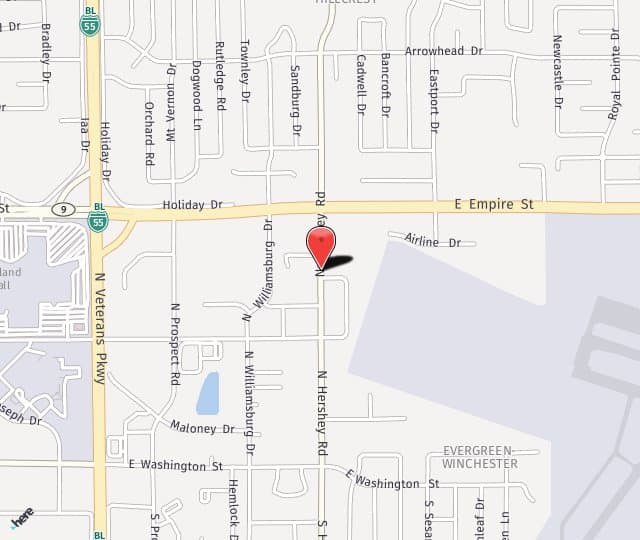What is Avéli?
Avéli is an FDA-cleared, minimally invasive procedure that treats cellulite on the thighs and buttocks. This one-time treatment targets the network of collagen bands called septa. While these fibrous bands pull down on the skin, fat cells push up, creating cellulite dimples and depressions. The Avéli device has a hook with a retractable blade close to the tip, along with a tiny light that allows the provider to confirm the location of each septa before severing it. As the tension is released, the dimples smooth out. When it’s performed by a skilled provider, an Avéli procedure is uniquely precise: doctors cut only those septa that are responsible for dimpling, leaving others intact. Its exacting nature limits damage to the surrounding tissue and reduces the severity of side effects common to other cellulite treatments.
Who’s a good candidate for Avéli?
The best candidates for Aveli are women with discrete dimples on the butt and thigh who have minimal skin laxity and localized fat.
Clinical trials for Avéli included only nonsmoking patients, or those who had stopped smoking (or having any form of nicotine) for at least six months prior to treatment. That’s because nicotine can increase bleeding and make
it more difficult for your body to heal.
If you have skin laxity and excess fat, Avéli can still be performed as a stand-alone treatment, but it will treat only cellulite. Your treatment plan
may include complementary skin tightening, fat reduction, or weight loss treatments, to address other issues that may be contributing to this complex concern.
Your provider should do a thorough exam at your initial consultation to be sure Avéli is the best cellulite treatment for you.
What are the pros and cons of Avéli?
Pros:
- Avéli addresses the fibrous septa bands that are one of the root causes of cellulite.
- Though there are other treatments for cellulite that work by severing the septa, no other procedure allows for the same kind of precision and verification as Avéli.
- Most women need only a single treatment session to see the results they want.
- Targeting the dimples reduces damage to any other tissue, which limits side effects.
- The procedure is fast (about an hour) and performed under local anesthesia, so you can drive yourself home afterward.
- Downtime after an Avéli procedure is typically minimal. Most patients return to work and
other light activities within 48 hours. - The tiny (3 mm) incisions, or even smaller needle holes, are made in inconspicuous
spots and create barely visible scars. Results appear to be long-lasting. In the clinical trial submitted to the FDA by the manufacturer, Revelle Aesthetics, the cellulite of 80% of participants was either much or very much improved after 90 days, and those results were sustained out 1 year. - While Avéli treats only cellulite, it can be combined with body-contouring or skin-tightening procedures, to improve your results.
Cons:
- Side effects like pain, swelling, and bruising are common and can linger.
- Some skin smoothing may become apparent after two weeks, but it can take up to three months for the swelling to resolve so you can see the final results.
- New dimples and depressions can crop up in adjacent areas after treatment, as the skin changes over time.
- The treatment can be expensive and isn’t covered by insurance. Avéli treats only defined cellulite dimples. It doesn’t address other concerns often seen with cellulite, such as skin laxity (streaks or rippling in the skin) or pockets of excess fat, which typically contribute to moderate to severe cellulite.

